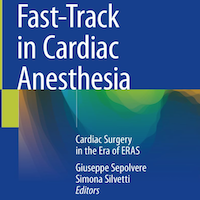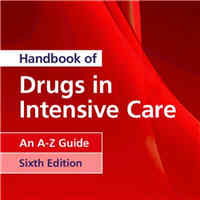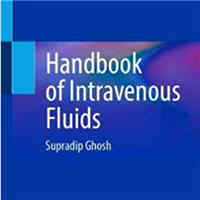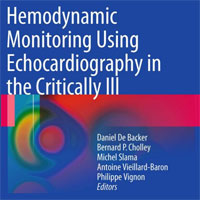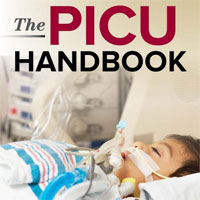Researchers identify potential new way of treating hypertension
Researchers eyeing first new anti-hypertensive drug treatment strategy in more than 15 years. Researchers at the University of Bristol and Afferent Pharmaceuticals have identified a potential new way of treating high blood... read more
Tech Doc: Ultrasound changing how physicians diagnose at your bedside
Ultrasound is a high frequency sound, too high for humans to hear. Medical ultrasound or ultrasonography uses these high frequency sound waves to create images of organs and structures inside the body.... read more
This Group of Moms Is Twice As Likely to Experience Postpartum Depression
Up to 1 in 7 women will experience postpartum depression - characterized by extreme sadness, anxiety, and guilt following childbirth - according to the American Psychological Association.... read more
Burnout Syndrome in Critical Care Health Care Professionals
Burnout syndrome (BOS) occurs in all types of health care professionals and is especially common in individuals who care for critically ill patients. The development of BOS is related to an imbalance of personal characteristics... read more


